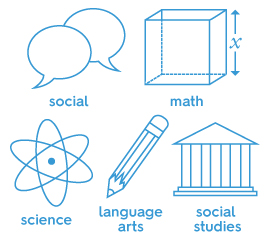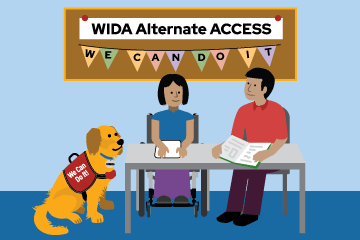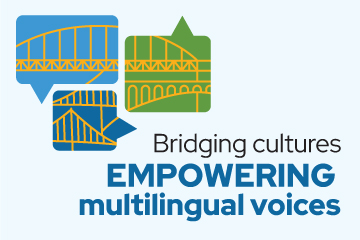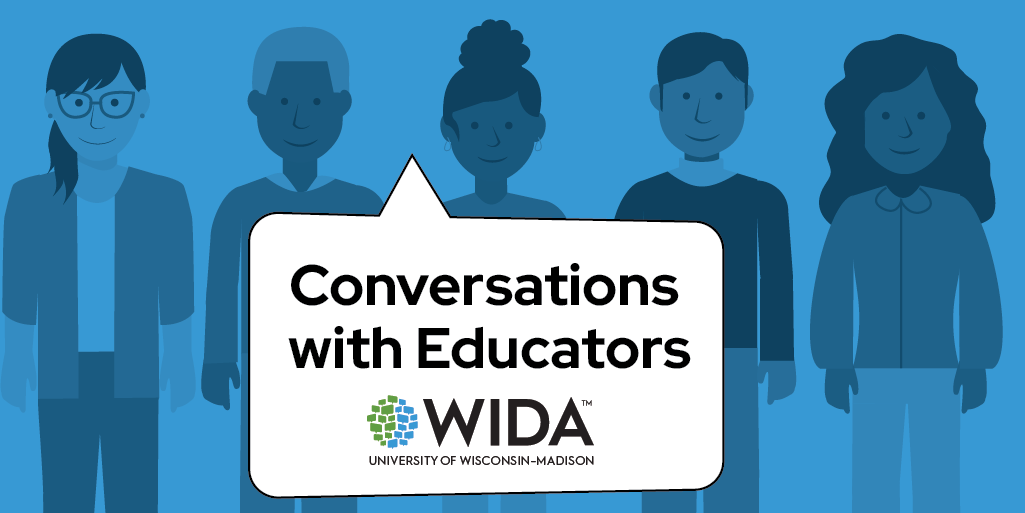Resources/Recursos
Featured Resources

Implementation Guide: WIDA ELD Standards Framework

Updated ACCESS for ELLs Interpretive Guide for Score Report

Expanding Reading Instruction with Multilingual Learners
Sorry, no results found. Please try another search. If you are looking for test administration or technology documents, you may need to log into the WIDA Secure Portal or WIDA AMS. If you are looking for the ACCESS for ELLs Checklist, go to your Member/State page.




